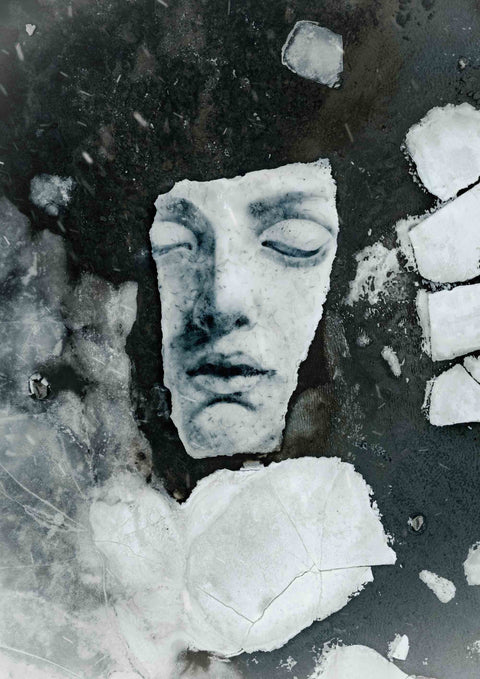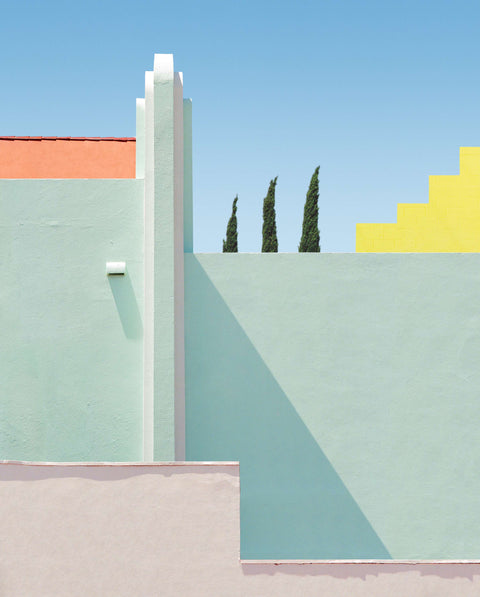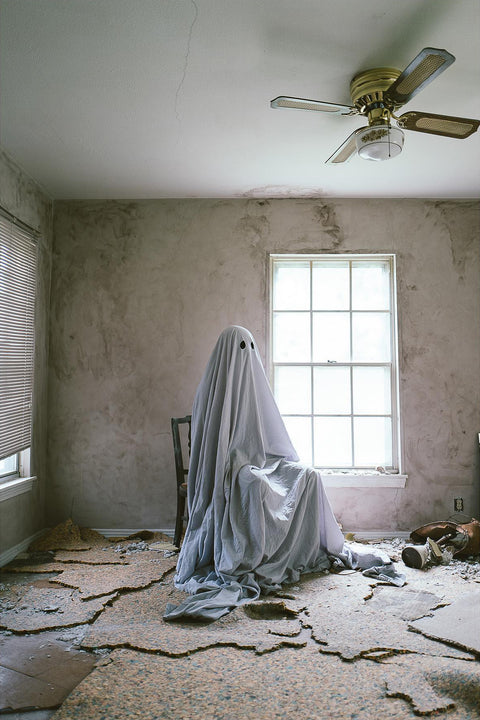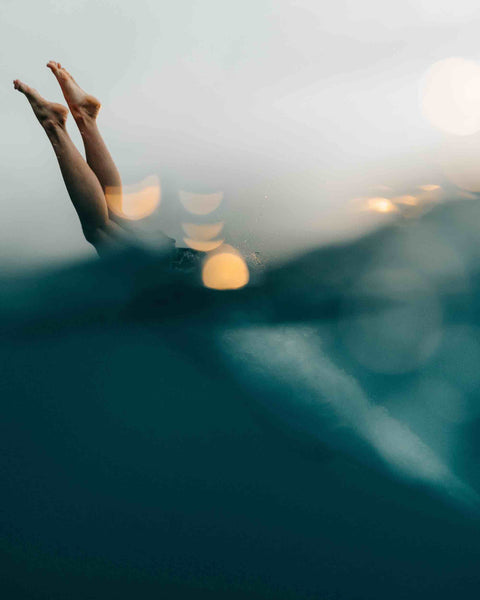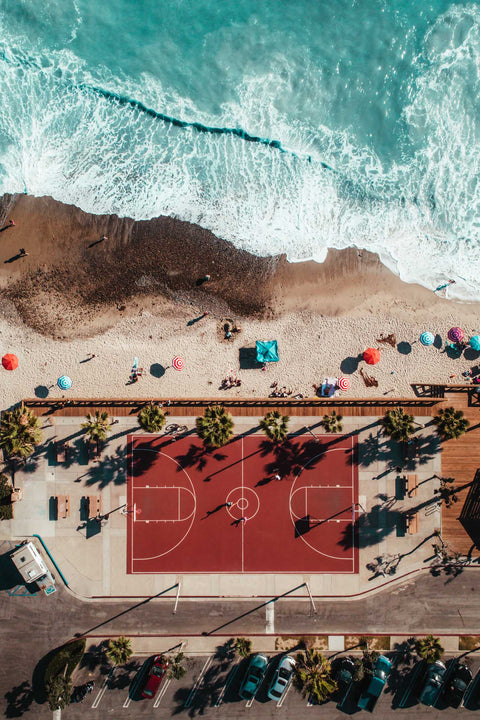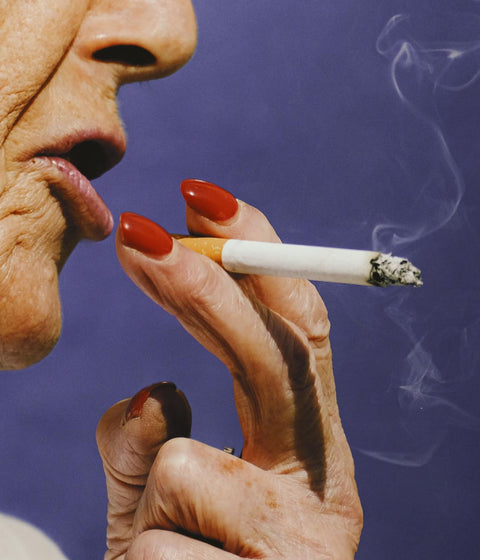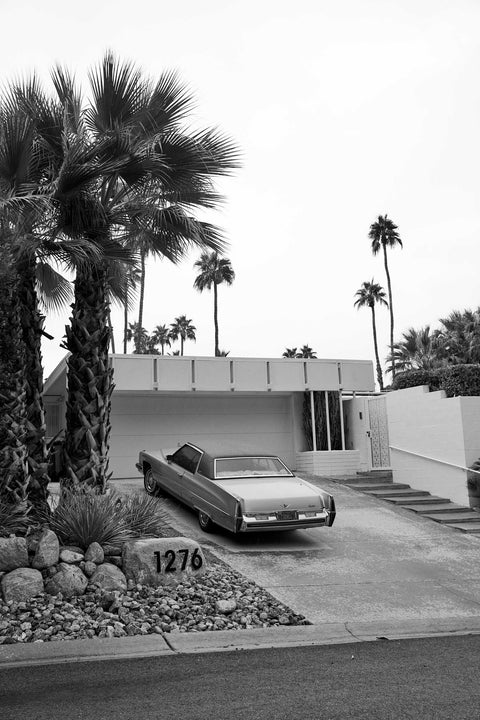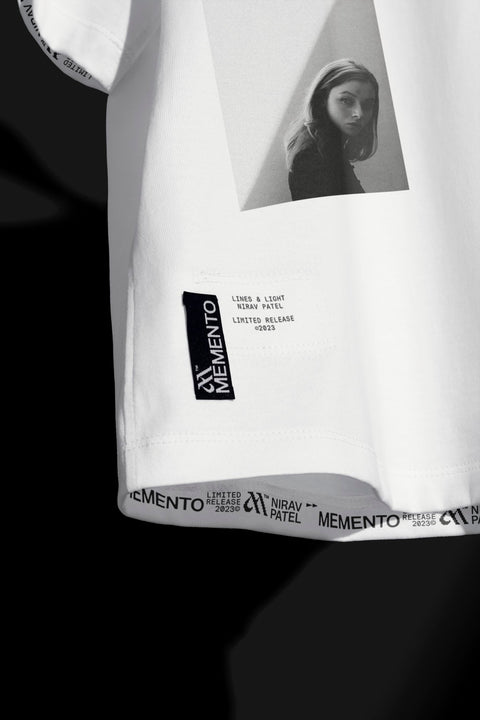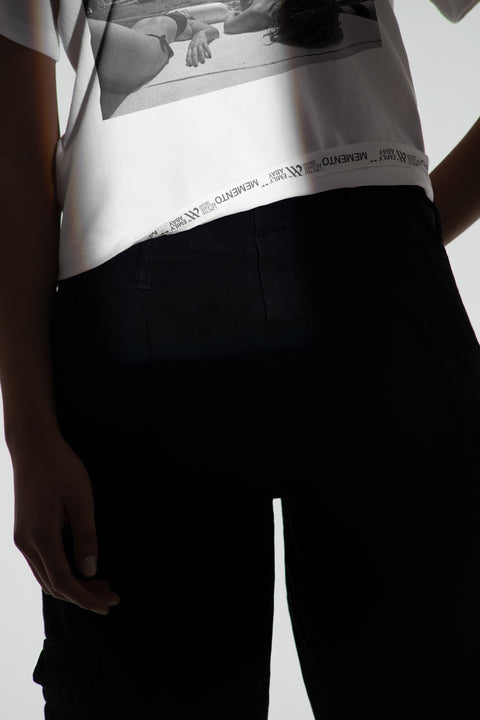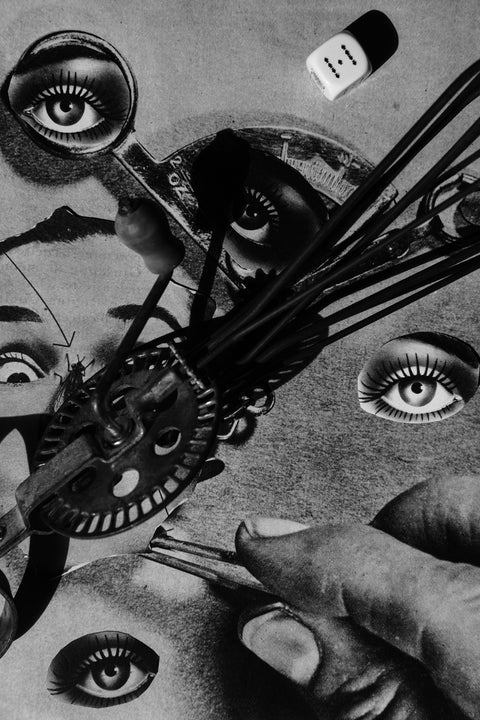
FRANCESCO GIOIA
While visiting New York City, Memento sat down with Francesco ahead of #FG-DROP01 to get his perspective as a photographer & artist. Francesco revealed aspects of his artistic process, his never ending search for randomness and discomfort, and finally his thoughts on fashion as a new medium of photography.

Can you describe what motivates you as a photographer and artist today? And if those motivations may have changed over time?
What motivates me is, as absurd as it might sound, groping in the dark. Whenever I'm out of my comfort zone, I know the best in me will emerge. I'm not concerned with the destination; I'm much more fascinated by the journey, and specifically, what the journey brings along with it. I've noticed that in these moments, when I'm pushed into a state of uncertainty and instability due to a lack of control, it generally has an unexpected and positive effect on the end result, and I feel much more motivated than if I were in a 'safer' environment. If I find comfort in my current working environment, it means I'm likely not exploring the right realm. The real magic in any piece of art is when you find yourself in uncharted territory. What makes any work of art gripping or effective is venturing into the unknown. You're most alive when you're not quite sure what is going on, and you have to negotiate it somehow and figure things out on the fly. That's why I'm so into improvising so much. It's like willingly throwing yourself into the unknown, dealing with whatever comes your way. I thrive on being in unknown places; it gets my creative juices flowing.

The motivations have certainly changed over time; I believe it's part of the natural progression of things. I don't understand how people can do the exact same things for a lifetime; I would feel imprisoned and drained of any desire I have to create. The world is something that changes and shifts, and I am something that changes and shifts, and those motivations couldn’t possibly remain the same.
“What motivates me is, as absurd as it might sound, groping in the dark. Whenever I'm out of my comfort zone, I know the best in me will emerge.”
Do you have what you'd call a 'photographic style' or genre?
I see myself as a versatile image-maker and I’m definitely someone pursuing a particular sensibility. I'm not sure if I have a specific genre or photographic style. This partly ties back to what I was saying earlier about improvisation and also adopting and embracing randomness. There are certainly things that attract me more than others, but I often hesitate if I realise I'm just following my personal taste or 'my style’.
Randomness is a way of exploring a space that I wouldn't do using just my taste. One's taste tends to propel you into the same areas over and over again. But what's fascinating about randomness is that sometimes it takes you on a journey you never expected. I've always wanted to have a menu of things, a variety of elements, turning me from a simple photographer into something of a collage artist.
“One's taste tends to propel you into the same areas over and over again. What's fascinating about randomness is that sometimes it takes you on a journey you never expected.”

Being pigeonholed into specific genres or styles doesn't interest me as I feel it would limit my potential. Much of the time, what I'm doing is selecting possibilities, shuffling them, and dealing new hands of cards. I'm interested, among many things, in constructing worlds of form and color. In making pictures I’ve learned as much from Matisse as I have from Edward Weston.
You mentioned you view the majority of your work as more endless philosophical and that everything is in progress until there is a reason to finish it. How do you know a body of work is finished?
When it comes to commissioned projects or when I'm working for someone else, there are usually deadlines to adhere to, so it's relatively straightforward. However, with personal projects, determining the right moment to conclude the work is not as simple. Typically, I consider a project finished when I sense there's nothing more to add. In the context of a larger body of work, excessive freedom can be counterproductive. It's easy to lose focus and get distracted when there's too much liberty. I prefer to work in a continuous process, constantly refining and expanding the same body of work. It feels like an infinite stream of consciousness, like some sort of mysterious river. I rarely stick to specific projects and have never adhered to a strict, detailed framework for developing a body of work. Nevertheless, I've found that setting limits and deadlines can be quite beneficial.

So many of your compositions and crops are stunning and unexpected. In the past you've mentioned you like to spend as little time possible in the editing process. How would you describe your editing process and what aspects you focus on the most?
I try not to spend too much time on editing; for me, it's much more important to go out and take photos. My editing process is pretty straightforward for the most part. Besides some quick adjustments to exposure and contrast, I don't do much to the photographs. Perhaps the aspect that consumes the most time is cropping. Sometimes I discover interesting crops in photos taken months ago, so I revisit them to see if I can bring out something I had initially overlooked. I invest a significant amount of time in searching for elements that introduce a sense of imbalance or tension within a shot. An unusual crop or angle can often enhance the feeling of disorientation or mystery. Cropping can convey a wide range of emotions and meanings, which is something many people tend to miss. Another element I prioritise is decontextualisation. The intentional removal or alteration of context plays a crucial role in the magic of photography. By deliberately dismantling or altering contexts, elements emerge from unexpected places, and scenes take on an air of intrigue and mystery. There are ingredients fused together in ways you have never witnessed, creating an aura of strangeness. Ultimately, my goal is not to achieve perfection but to share who I am and how I see the world.

“By deliberately dismantling or altering contexts, elements emerge from unexpected places, and scenes take on an air of intrigue and mystery.”
What mistakes should a younger photographer look to avoid?
I believe that mistakes are vital and inevitable for everyone; without them, there would be no foundation to build upon. It may sound like a cliché, but I firmly believe that allowing oneself to make mistakes along the way is crucial, especially in the early stages. As Miles Davis said: 'Do not fear mistakes. There are none.' However, if I were to offer any advice, I would recommend avoiding spending too much time on social media or engaging in any mindless activities that promote passivity of the brain. Instead, invest in books, paintings, museums, exhibitions, albums, films, or anything that might serve as fuel to ignite the creative process. Stimulate your brain as much as possible. I would also suggest not paying too much attention to what others say and following your artistic vision while maintaining a daily practice routine.
“I would recommend avoiding spending too much time on social media or engaging in any mindless activities that promote passivity of the brain.”
Why do you think fashion can be a powerful medium for photography and how has Memento influenced that opinion?
Fashion can be a powerful medium for photography because it offers a tangible and dynamic canvas for self-expression and storytelling. Clothing and style choices are deeply personal, reflecting one's identity, mood, and beliefs. By merging fashion with photography, individuals can convey their unique narratives, emotions, and perspectives, creating a visual dialogue that transcends words.
I think Memento plays a transformative role in reinforcing this belief. As a photography collective and mental health brand, Memento is not only redefining the intersection of photography and apparel but has also harnessed fashion as a potent vehicle for self-expression and connection. Through its innovative approach, Memento has encouraged individuals to engage with their surroundings, capture moments, and share their authentic experiences. It is fostering a community where self-expression, personal style, and mental health are intertwined, demonstrating that fashion can be a compelling catalyst for meaningful photography and storytelling.

“[Memento] is fostering a community where self-expression, personal style, and mental health are intertwined, demonstrating that fashion can be a compelling catalyst for meaningful photography and storytelling.”
Memento's vision of "getting out, capturing more, and sharing it all with something real" has instilled in me the conviction that fashion, when integrated with photography, has the potential to be a profound channel for creative expression and communication. It is showing that clothing can be more than just attire, it can be a visual language through which we share our stories, and connect with others.
When getting your work out into the world, how do you think about the balance between offline and online mediums? Whether it be monographs, books, Memento, or classic prints. What do you think this balance will look like 50 years from now?

In an era characterized by the rapid advancement of digital technology, I fervently hope for the enduring presence of tangible, real-world experiences. While the digital realm has undoubtedly transformed how we access and consume information, I believe there is an irreplaceable value in the physical world of tangible objects such as books and museums. I always create small prints of my photographs because it's at that moment they truly come to life. As long as they remain on a phone or in a hard drive, they don't really exist. Photo books are my preferred way to consume photography. I have a large collection of photo books, and I couldn't live without them. The allure of a physical book is a powerful sensory experience that no screen could ever replace and this tactile engagement remains irreplaceable. Yet, the rise of the digital realm and the convenience it offers can't be denied. In an ideal future, both the physical and digital worlds will coexist harmoniously, enriching our lives in unique ways.
“In an ideal future, both the physical and digital worlds will coexist harmoniously, enriching our lives in unique ways.”

SHOP FRANCESCO GIOIA - #FG-DROP01

